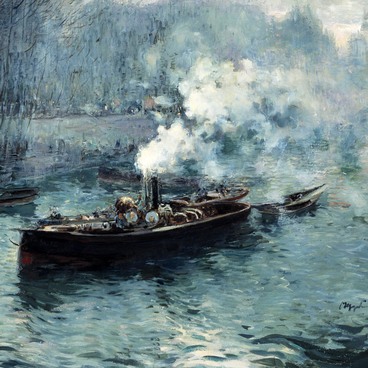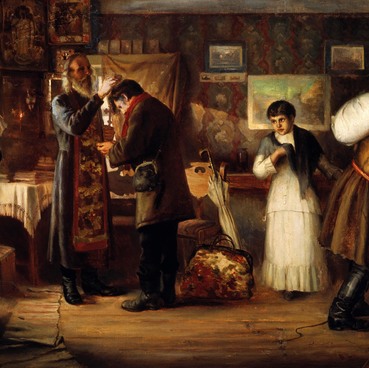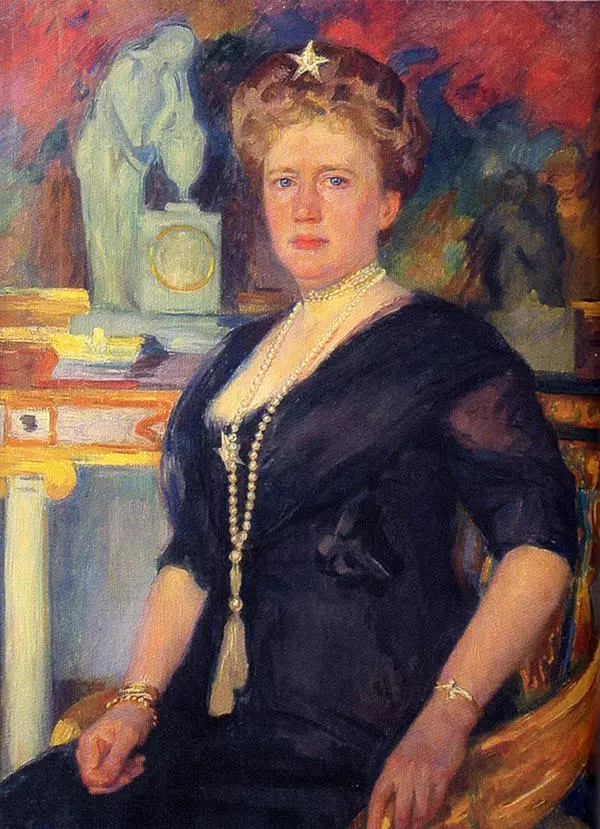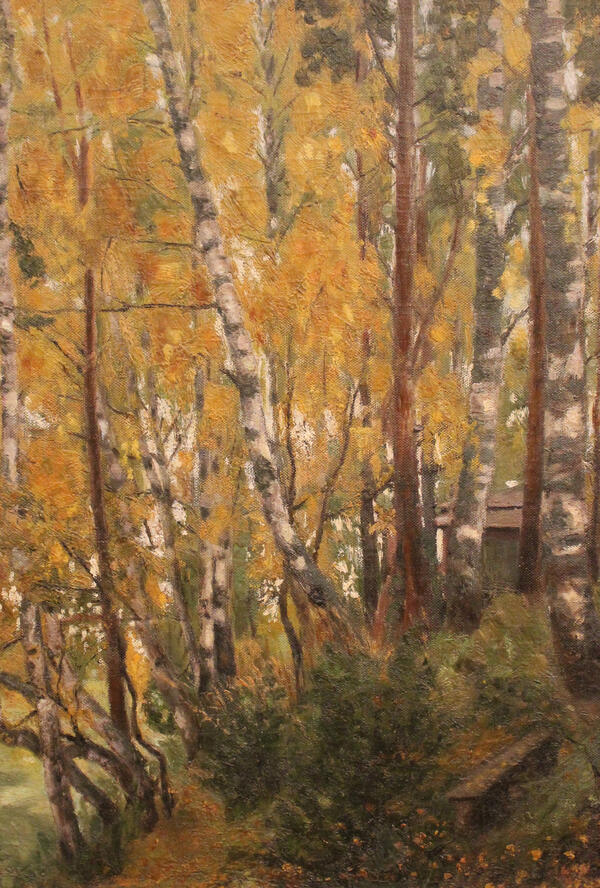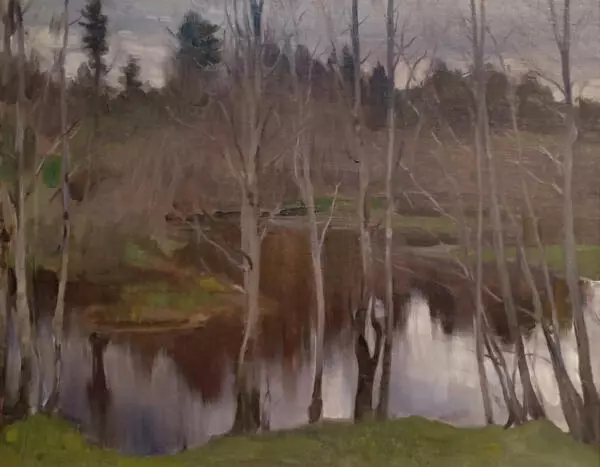Impressionism was one of the most influential artistic trends in Russian art of the early 20th century. Russian artists were enthusiastic about the finds in the field of color and light transmission made by the classics of French impressionism and admired their free and bold technique.
The main character of the work of Western impressionists of that time was painting itself. Nevertheless, for most Russian impressionists of the early 20th century, the plot of the work and drawing, which were engaged into an inextricable connection with the painting technique, were still important. This tradition was adhered to by Russian painter, etcher, lithographer, and academician of the Imperial Academy of Arts Osip Braz.
Braz was born in 1873 in Odessa. In 1889 he entered the Odessa Art School, and after graduation he studied at the Academy of Fine Arts, Munich. He then lived in France, where his works were for the first time shown at the exhibition in Paris. Later he moved to Holland, where he studied contemporary art, as well as the work of old Dutch masters. Upon his return to St. Petersburg, he studied in the workshop of Ilya Repin at the Imperial Academy of Arts.
Braz was one of the representatives of the ‘World of Art’ - an influential Russian art association of the first quarter of the 20th century. One of the leaders of this artistic circle, art critic and artist Alexandre Benois, called Braz one of the best portrait painters of his era. Distinctive features of his art are saturated color, a free manner of painting, as well as a combination of traditionalism with elements of impressionism and modernism.
Although Braz is best known for portraiture, he also worked in the genres of landscape and still life. He completed the small etude Seamstress in 1908. The painting shows the interior of a regular room with a low ceiling. Sunlight is pouring from the window, it shimmers on the light green walls. Although the viewer does not see the face of the woman depicted in the center, the radiance of light and the light-toned outline of the Vienna chair fill the work with a sense of joy.
In this etude, Braz used both dense pasty and thin strokes - in some places the canvas even shines through them, however, its light brown color organically fits into the overall color. As in most other works, here the artist used bright colors – by doing so he emphasized the warm, bright mood of his paintings.
The main character of the work of Western impressionists of that time was painting itself. Nevertheless, for most Russian impressionists of the early 20th century, the plot of the work and drawing, which were engaged into an inextricable connection with the painting technique, were still important. This tradition was adhered to by Russian painter, etcher, lithographer, and academician of the Imperial Academy of Arts Osip Braz.
Braz was born in 1873 in Odessa. In 1889 he entered the Odessa Art School, and after graduation he studied at the Academy of Fine Arts, Munich. He then lived in France, where his works were for the first time shown at the exhibition in Paris. Later he moved to Holland, where he studied contemporary art, as well as the work of old Dutch masters. Upon his return to St. Petersburg, he studied in the workshop of Ilya Repin at the Imperial Academy of Arts.
Braz was one of the representatives of the ‘World of Art’ - an influential Russian art association of the first quarter of the 20th century. One of the leaders of this artistic circle, art critic and artist Alexandre Benois, called Braz one of the best portrait painters of his era. Distinctive features of his art are saturated color, a free manner of painting, as well as a combination of traditionalism with elements of impressionism and modernism.
Although Braz is best known for portraiture, he also worked in the genres of landscape and still life. He completed the small etude Seamstress in 1908. The painting shows the interior of a regular room with a low ceiling. Sunlight is pouring from the window, it shimmers on the light green walls. Although the viewer does not see the face of the woman depicted in the center, the radiance of light and the light-toned outline of the Vienna chair fill the work with a sense of joy.
In this etude, Braz used both dense pasty and thin strokes - in some places the canvas even shines through them, however, its light brown color organically fits into the overall color. As in most other works, here the artist used bright colors – by doing so he emphasized the warm, bright mood of his paintings.
